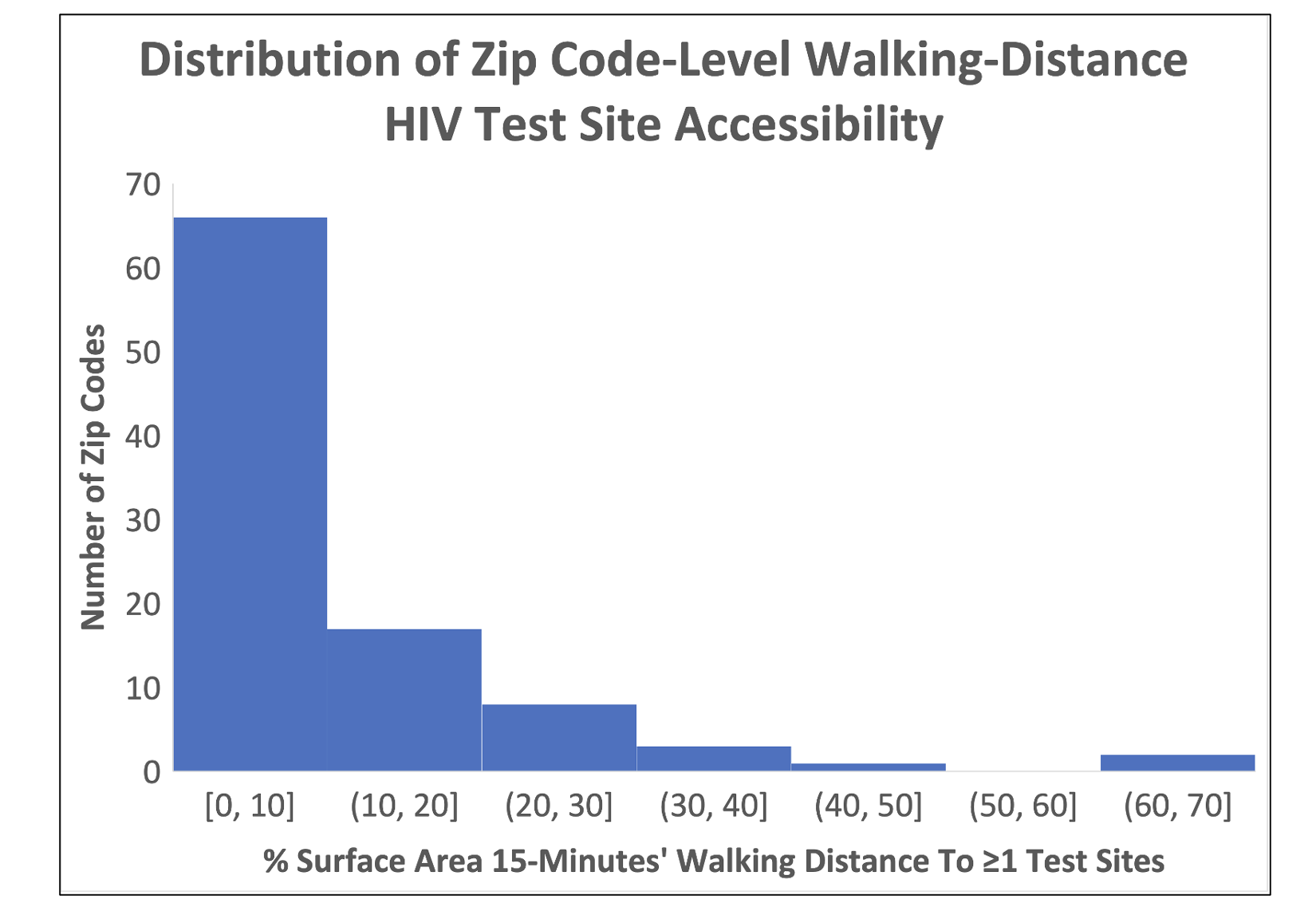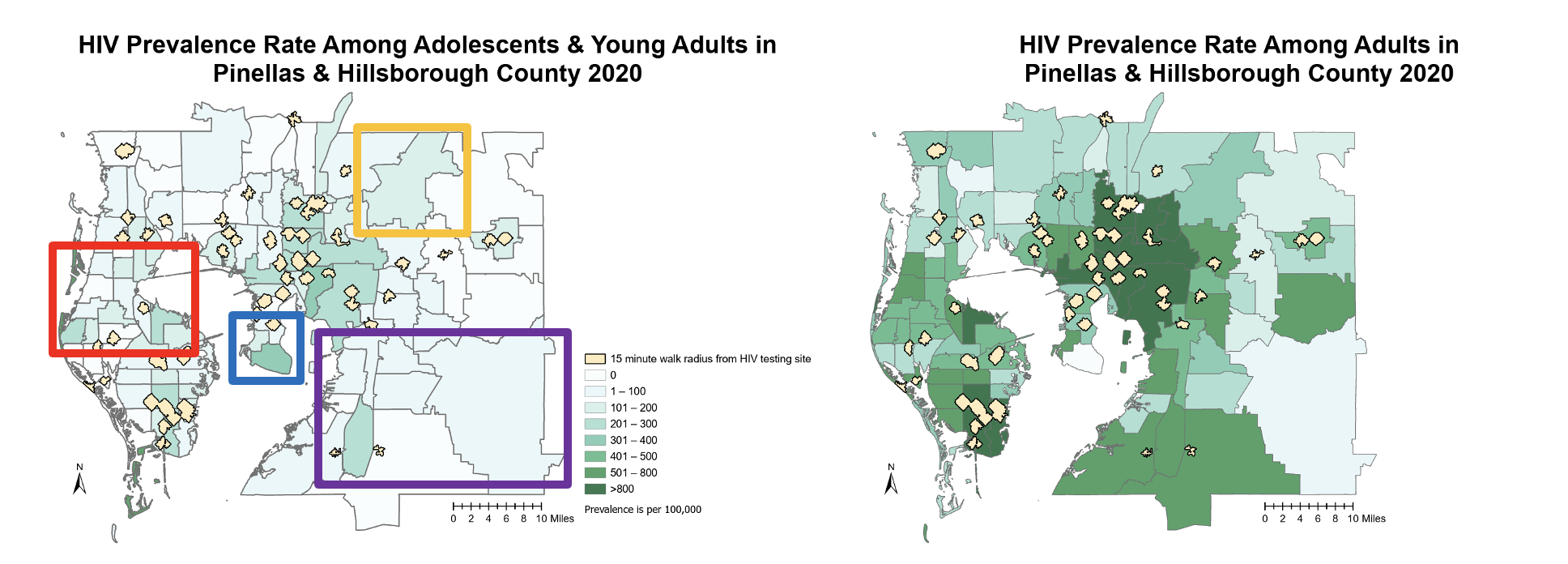Adolescent Medicine: General
Adolescent Medicine 1
438 - Analysis of HIV Test Site Distribution in the Tampa Bay Region Reveals Testing Deserts and Vulnerability for HIV Among Adolescents and Young Adults
Publication Number: 438.1

Ariel G. Vilidnitsky (he/him/his)
Medical Student (MS2)
Johns Hopkins School of Medicine
Baltimore, Maryland, United States
Presenting Author(s)
Background: HIV prevalence rates among Florida adolescents and young adults (AYA, ages 13-24) are nearly double the national average, with racial/ethnic minority youth most impacted. Within Florida, Tampa Bay is among the regions with highest transmission.
Objective: We sought to determine the association between zip code-level test site accessibility and AYA HIV burden, compare this association to that of adults ages 25-44, and identify local AYA HIV testing deserts. We further aimed to identify the association between test site distribution and population-level characteristics associated with high HIV burden.
Design/Methods:
We obtained test site addresses and zip code data on HIV burden (new diagnosis rate, prevalence rate, and %virally suppressed) for Tampa Bay AYA and adults from aidsvu.org. Using ArcGIS, we mapped HIV burden by zip code for each age group, overlayed the maps with HIV testing locations encircled by 15-min walking distance radii, and determined the percent surface area per zip code within 15-min walking distance to ≥1 test sites (PSA15). We then calculated Pearson’s correlation coefficients for the association of PSA15 and HIV burden by age group and separately the association of PSA15 and the following population-level characteristics by zip code: %Black/African-American, %living in poverty and child opportunity index (COI) scores (source: diversitydatakids.org).
Results: Of the 97 zip codes analyzed, 36.1% had 0% surface area within walking distance to ≥1 test sites. The association between PSA15 and prevalence rate was substantially higher for adults (r=0.51, p=7.28x10-8) than AYA (r=0.09, p=0.38). A similar trend held true for new diagnosis rates, but PSA15 and %virally suppressed were more strongly correlated for AYA (r=0.47, p=0.005) than adults (r=0.05, p=0.64). Overall, we identified 4 new potential AYA testing deserts with high AYA HIV prevalence rates but few local test sites. By zip code, we also found greater PSA15 was correlated with greater %Black/African-American residents (r=0.32, p=0.0015), greater %residents living in poverty (r=0.27, p=0.0077), and lower COI scores (r=-0.29, p=0.0044).
Conclusion(s):
Walking-accessible HIV test sites in Tampa Bay were limited and geographically distributed largely based on adult HIV burden, population-level markers of social disadvantage, and among areas with higher percentage of Black/African-American residents. Test sites distribution were less correlated with HIV prevalence or new diagnosis rates among AYA leaving this population vulnerable across multiple testing deserts. 


